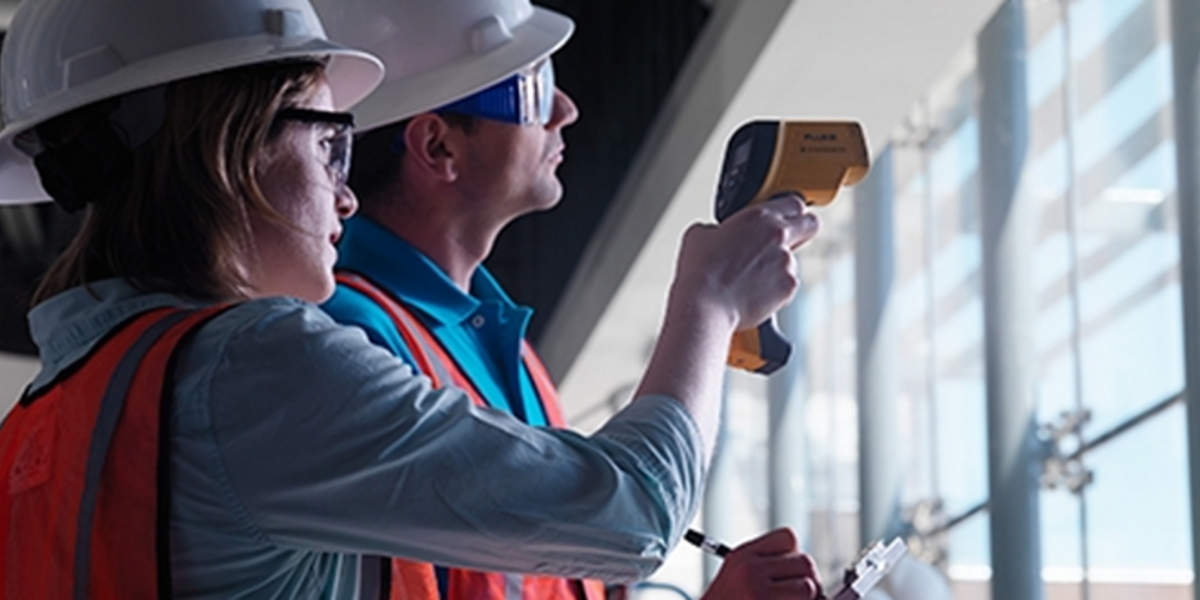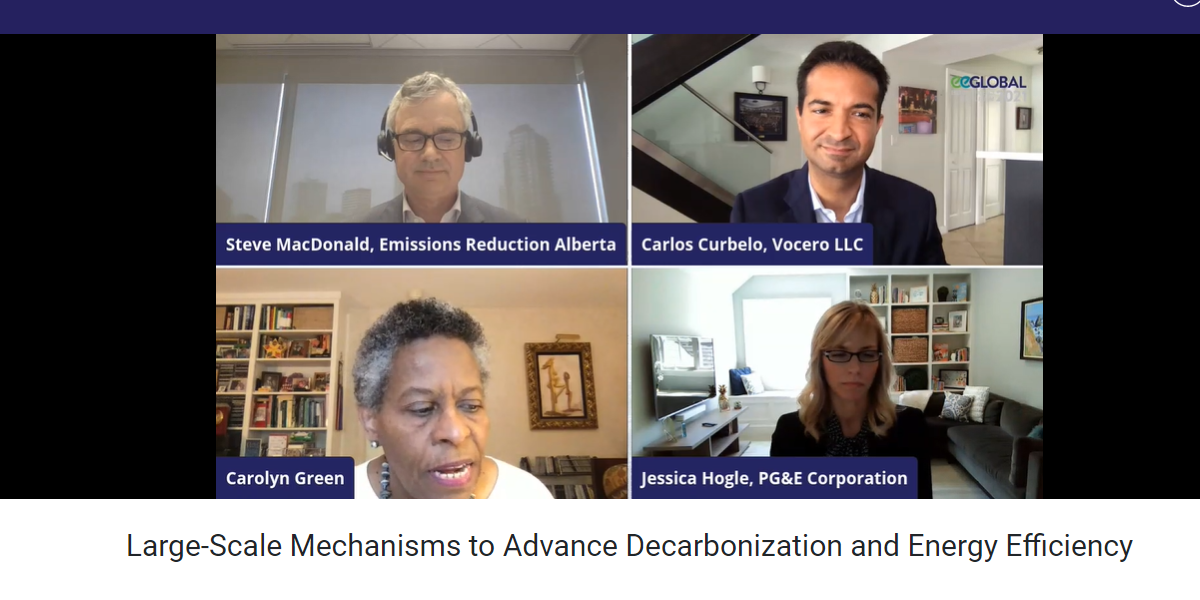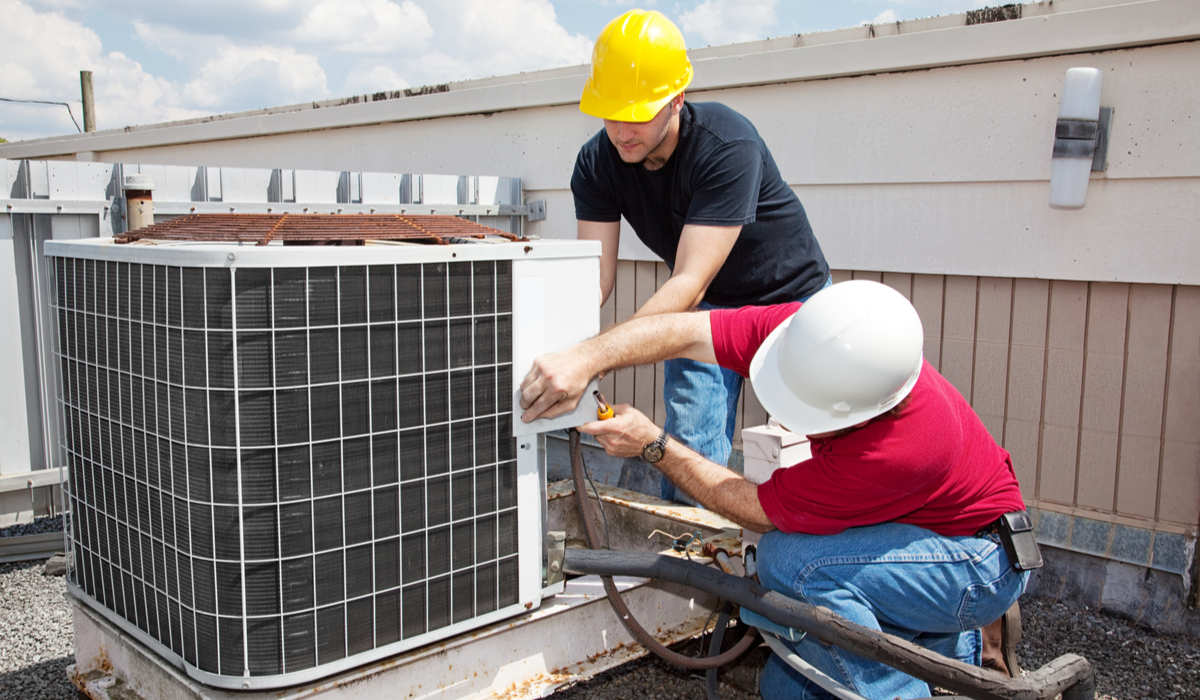Energy Codes 101: What Are They and What is DOE’s Role?
Let's Save Energy
Alliance to Save Energy's Blog
Energy Codes 101: What Are They and What is DOE’s Role?

(Photo: Pacific Northwest National Laboratory)
This blog post was written by David Cohan, Building Energy Codes Program Manager at the U.S. Department of Energy, originally posted to the Office of Energy Efficiency and Renewable Energy website, and republished on ase.org with permission.
I recently got back from Louisville, Kentucky, where I was representing DOE in the latest round of energy code development hearings. While the people who participate in the development process know energy codes inside and out, I know they are not as clear to the broader public. So let’s take a step back. Here’s a primer on what energy codes are, how they are developed, adopted, and enforced, and what DOE’s role is in these processes. Future blog posts in this series will zoom into specific topics.
First, here are a few key points:
- Building codes are state laws. The U.S. does not have a national building code or energy code; instead, states or local governments can choose to adopt one of the national model energy codes, a modified version of the model code, or their own state-specific code.
- Energy codes are just one of many building codes, such as fire, electrical, structural, or plumbing.
- Energy codes are different than appliance and equipment standards. Energy codes cover the building itself—for example, the walls/floors/ceiling insulation, windows, air leakage, and duct leakage. Appliance and equipment standards cover the things that go into the buildings. However, there is some overlap, particularly in lighting.
Now, here are the three key primary components of the energy codes process and DOE’s role within them. It’s important to know that DOE’s Building Energy Codes Program is statutorily directed to participate in each of these phases.
1. CODE DEVELOPMENT
How it works: National model energy codes are developed by two private organizations, ASHRAE and the International Codes Council. ASHRAE develops the model commercial energy code, known as 90.1. The International Code Council develops the International Energy Conservation Code (IECC), which contains chapters for both residential and commercial buildings. Any interested party can participate in the development processes by submitting proposals to change the code and commenting on others’ proposals. The codes cycle is continuous, with new codes being developed every three years. Final versions of each new edition are determined by a vote of the 90.1 committee members for ASHRAE and by the International Code Council membership for the IECC.
DOE’s role: DOE participates in both the ASHRAE and ICC development processes, but has no special status. DOE develops and submit code change proposals that strive to make cost-effective, energy efficient upgrades to current model codes. After each new model code is published, DOE also must determine if the new version saves energy relative to the old version.
2. CODE ADOPTION
How it works: Most codes are adopted at the state level, though, in about 10 states they are adopted by cities. State adoption can occur directly by legislative action, or through regulatory agencies authorized by the legislature. Cities adopt codes through their mayors, councils, or committees depending on their form of government. Once adopted, the code becomes law within the particular state or local jurisdiction.
DOE’s role: DOE provides technical assistance to state and local governments to support their adoption processes. DOE responds to state and local requests and it also develops customized reports for every state detailing the benefits of upgrading to the current model codes. To ensure that its information is used effectively, DOE works with the Regional Energy Efficiency Organizations (REEOs) and the National Association of State Energy Officials (NASEO) who have connections in almost every state and often participate directly in the adoption processes. DOE support also includes tracking state adoption status, coordinating activities among stakeholders, and technical analysis.
3. CODE COMPLIANCE
How it works: The key to realizing the full savings potential of building energy codes is by ensuring that builders are complying with them. Design and construction professionals are most likely to comply with the code when they are given education and training, particularly after a new code is adopted. Enforcement is almost always done by building permit office staff at the local (city) level who typically review plans first to ensure they are compliant and then conduct field inspections to verify that the plans are being followed during construction.
DOE’s role: DOE develops and regularly updates software (REScheck and COMcheck) to simplify and clarify compliance with model energy codes and standards, as well as a number of state-specific energy codes. DOE also develops education and training materials that are available free and used by governments, organizations and trainers across the country.
DOE has also developed an affordable methodology for states and cities to determine energy and dollar savings opportunities associated with increased energy code compliance in single-family homes. Field studies based on the methodology have already been implemented in nine states with more underway. The data that comes from these studies helps focus education and training programs and provides a basis for utilities and states to determine whether such programs will be cost-effective. DOE is currently developing a parallel methodology for the commercial sector.
Check back in the coming weeks for a more detailed look on how the codes development process works.
RECENT BLOG POSTS
STAY EMPOWERED
Help the Alliance advocate for policies to use energy more efficiently – supporting job creation, reduced emissions, and lower costs. Contact your member of Congress.
Energy efficiency is smart, nonpartisan, and practical. So are we. Our strength comes from an unparalleled group of Alliance Associates working collaboratively under the Alliance umbrella to pave the way for energy efficiency gains.
The power of efficiency is in your hands. Supporting the Alliance means supporting a vision for using energy more productively to achieve economic growth, a cleaner environment, and greater energy security, affordability, and reliability.



